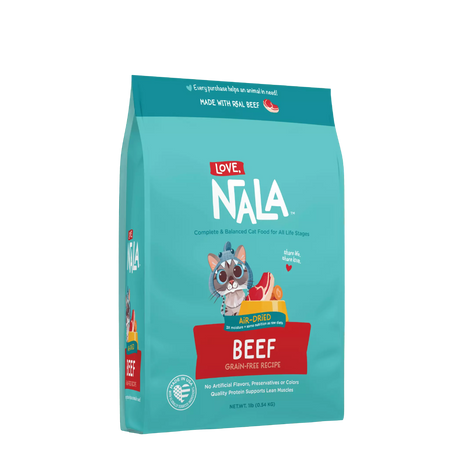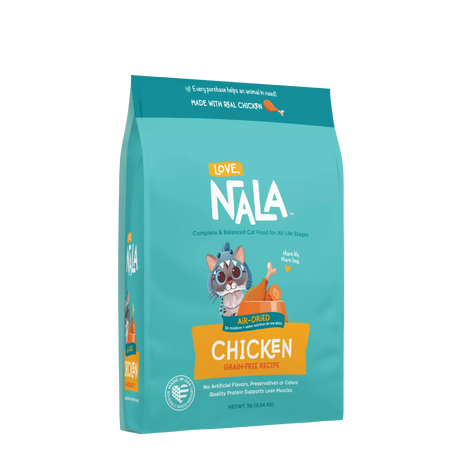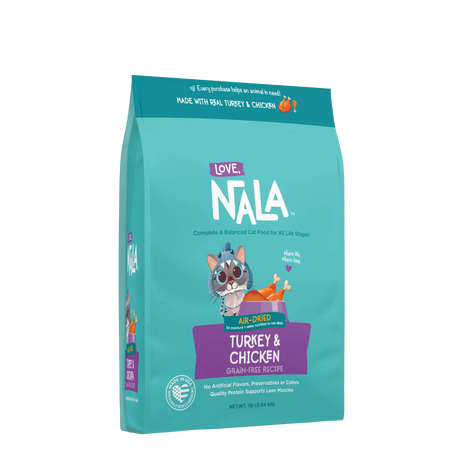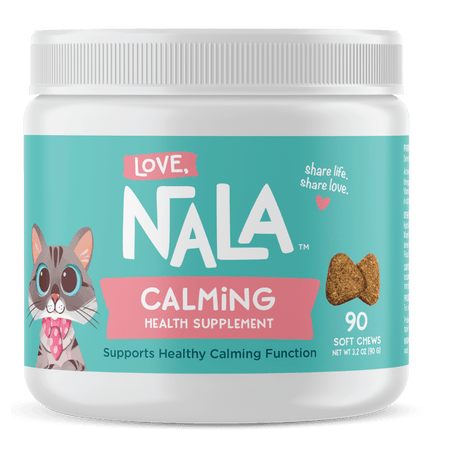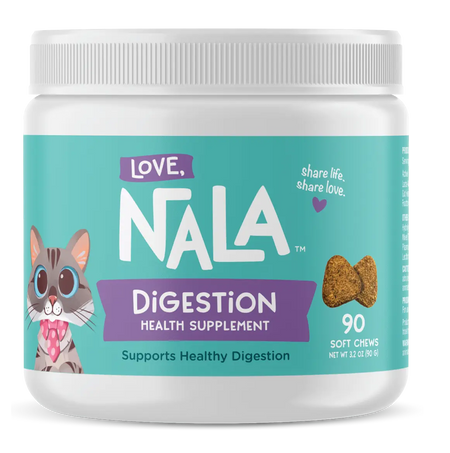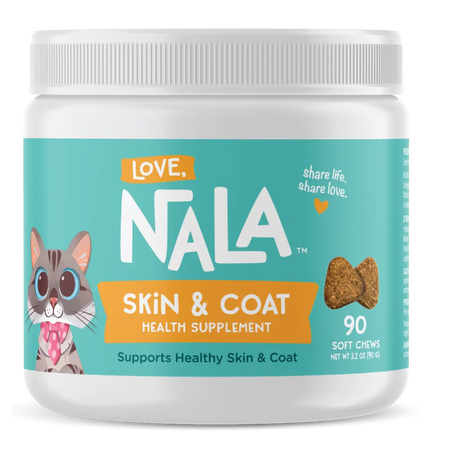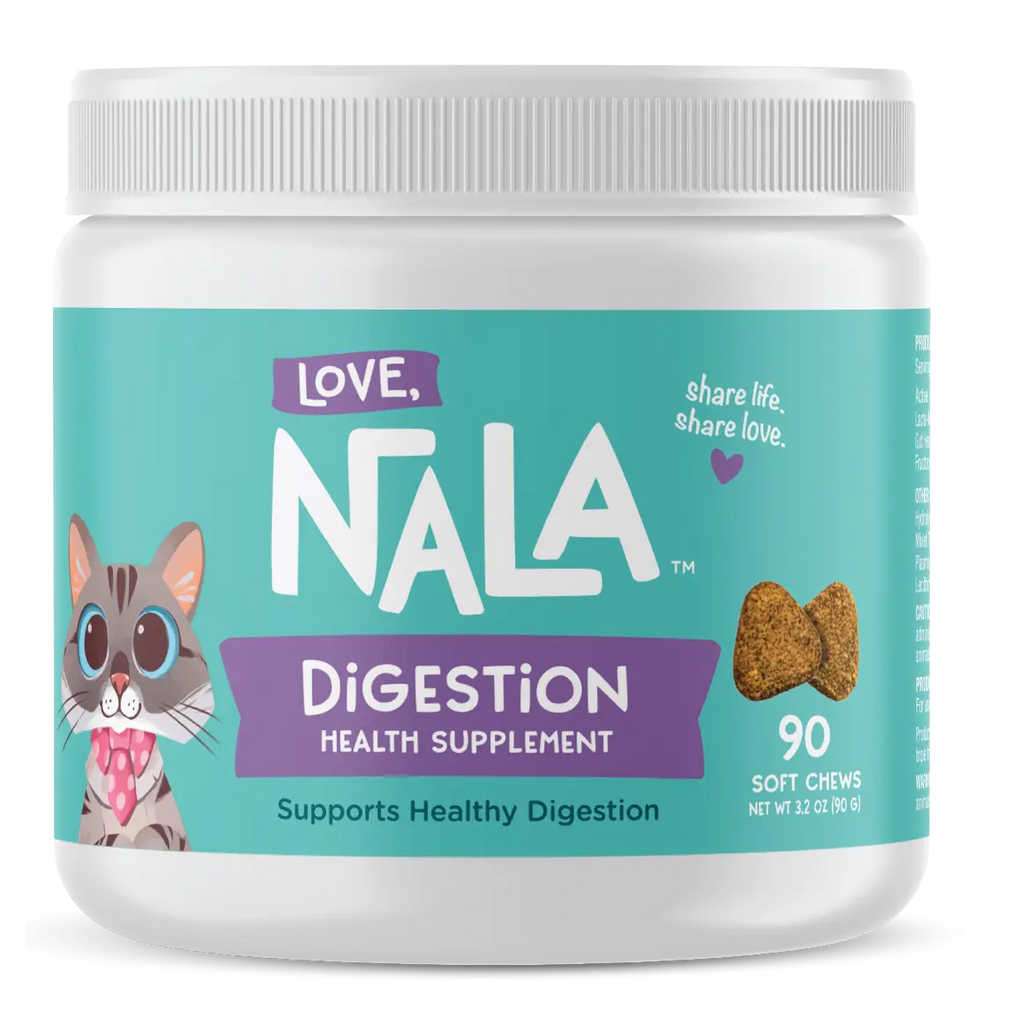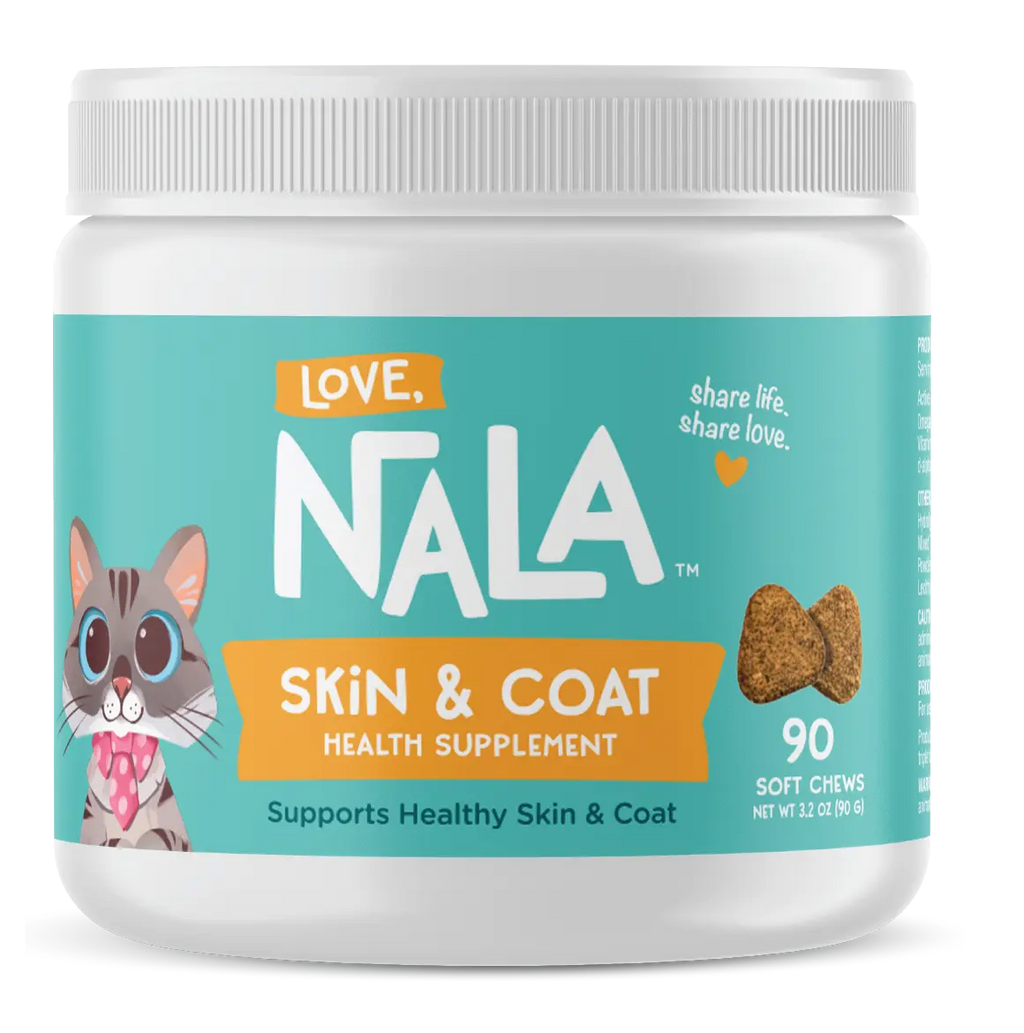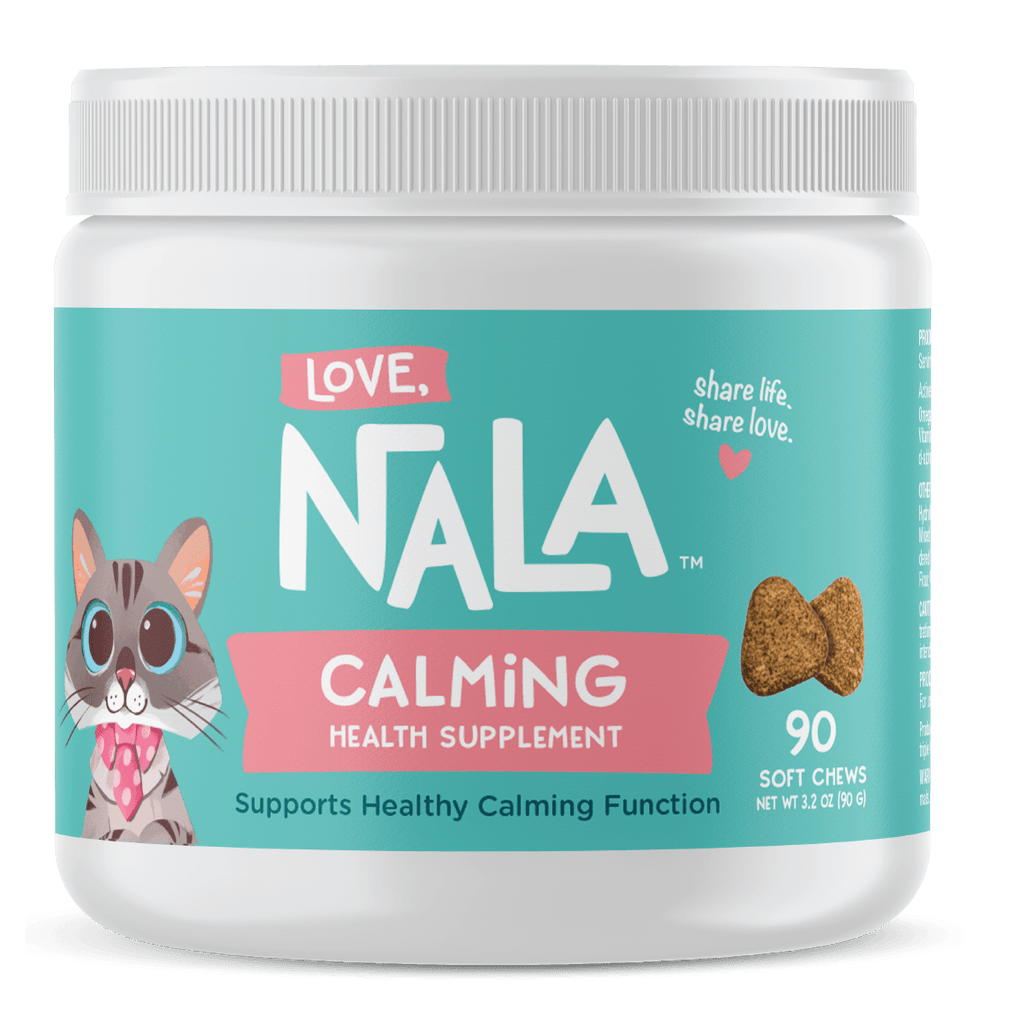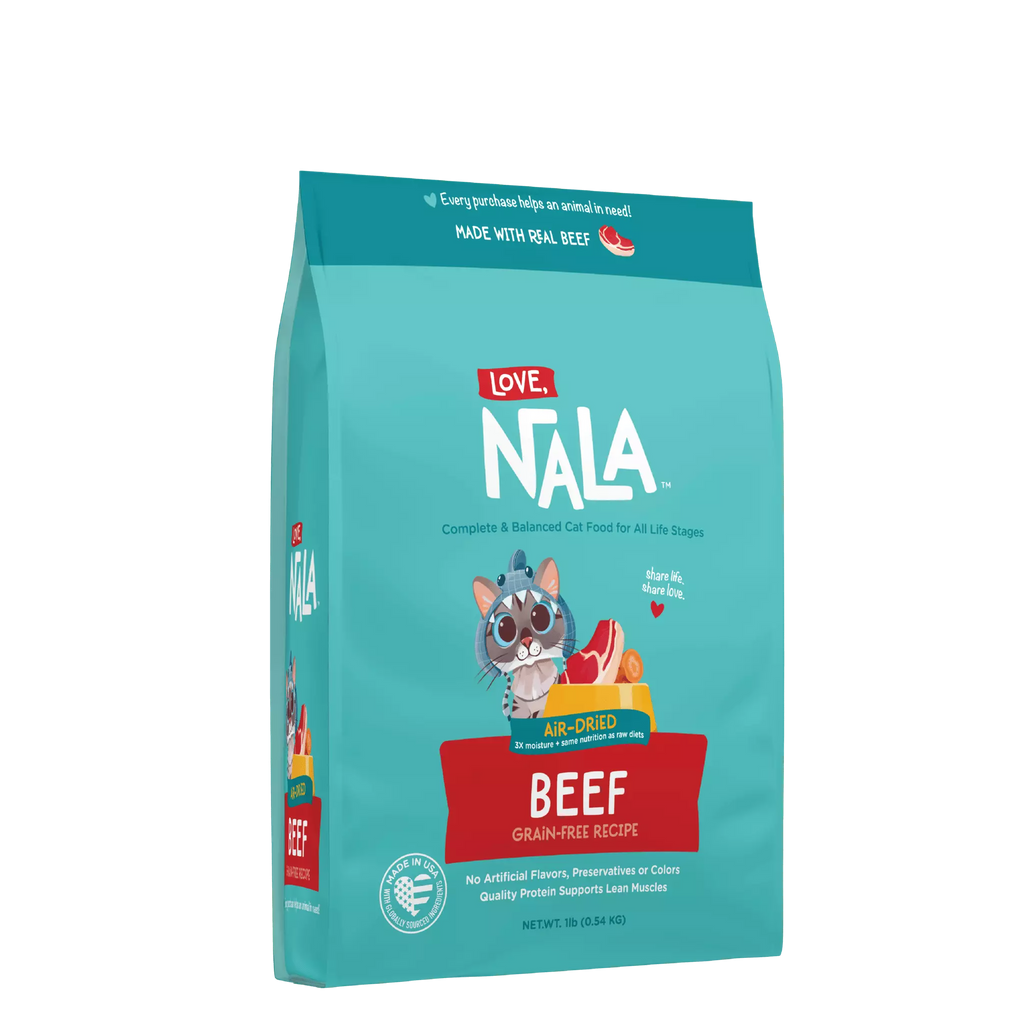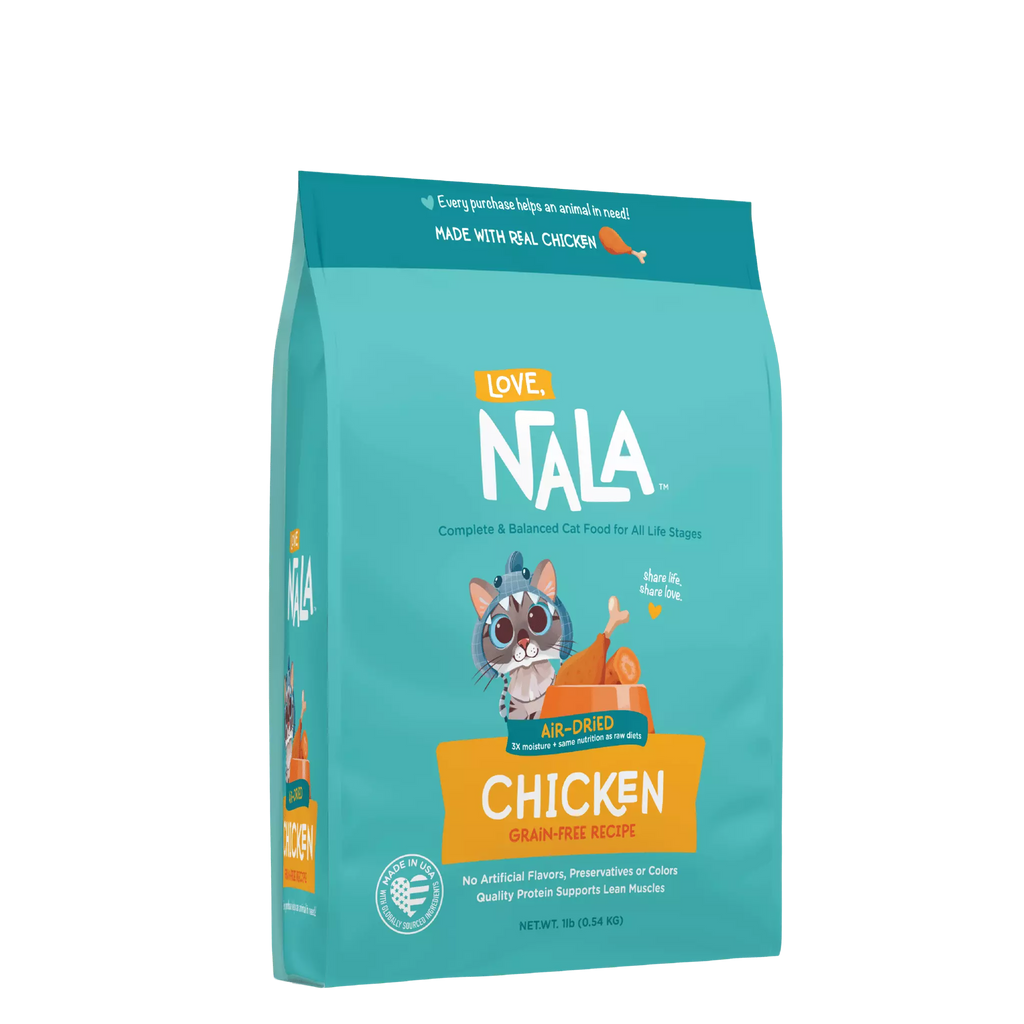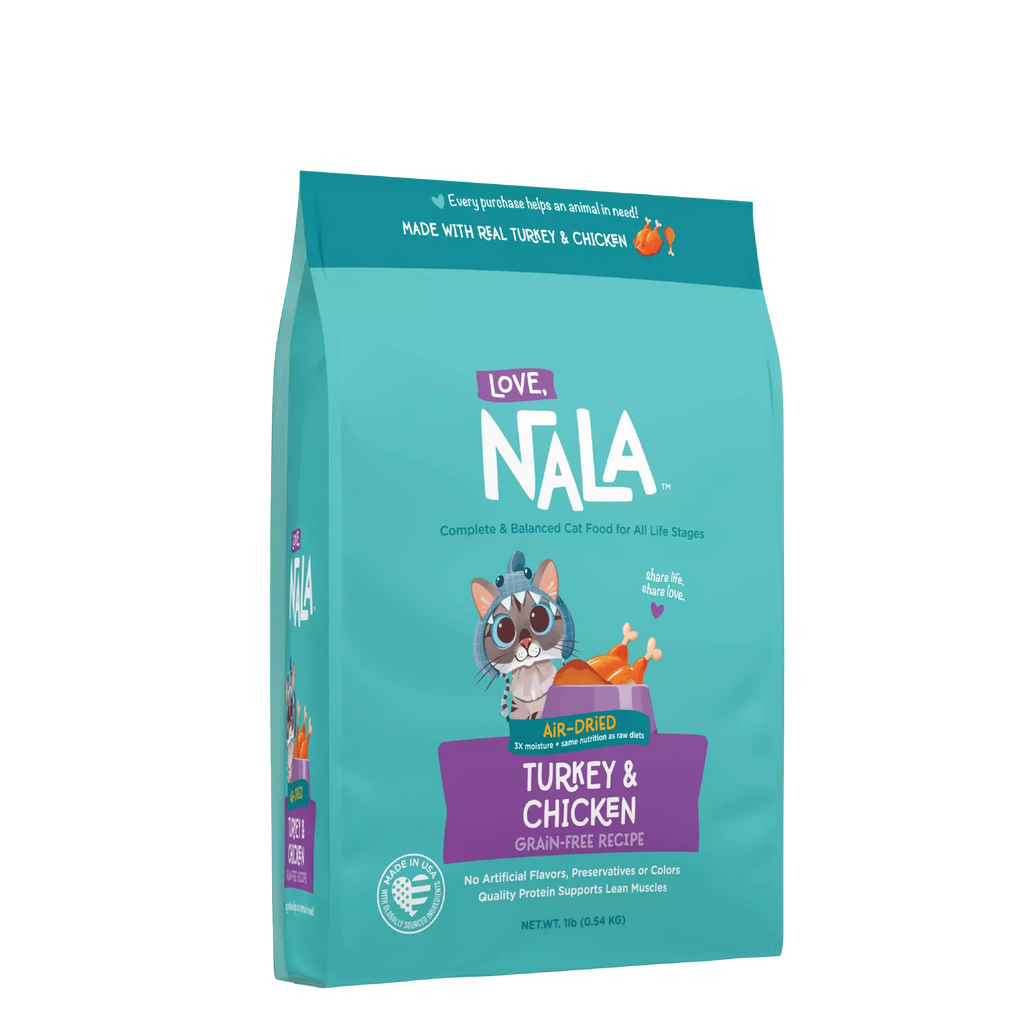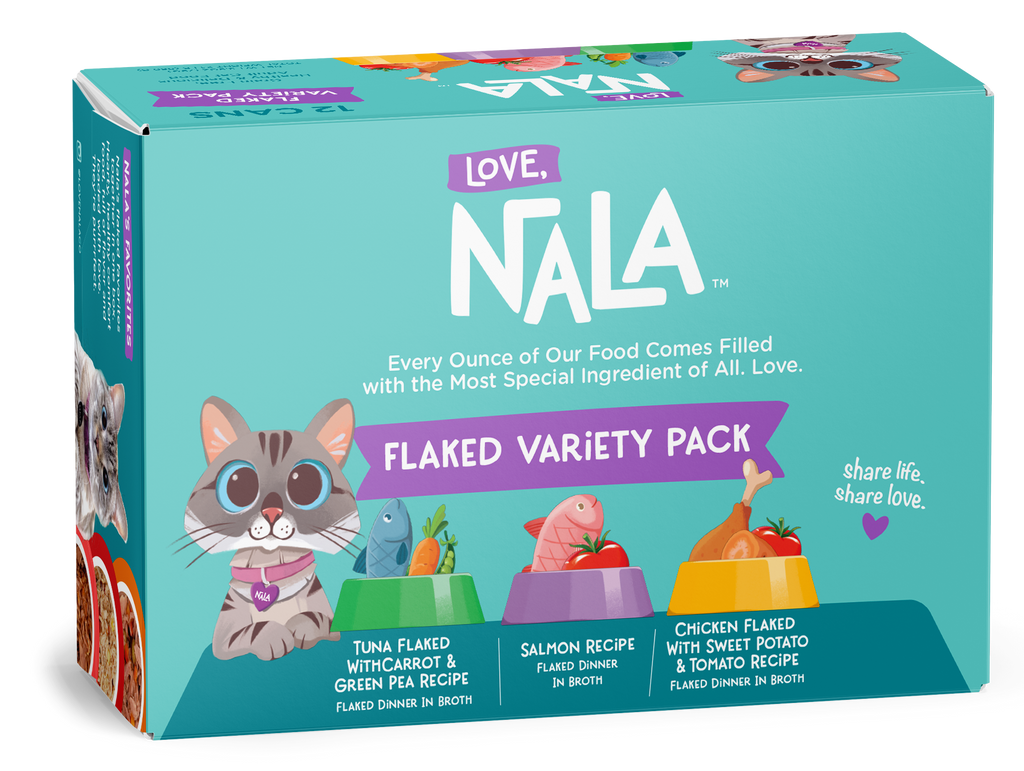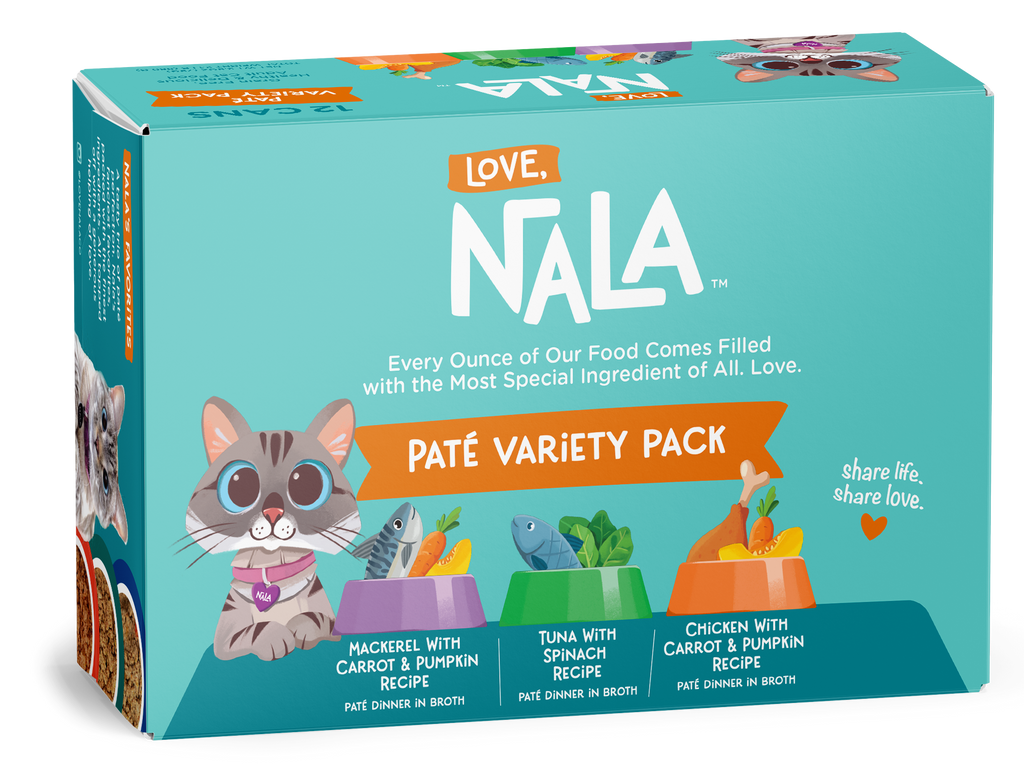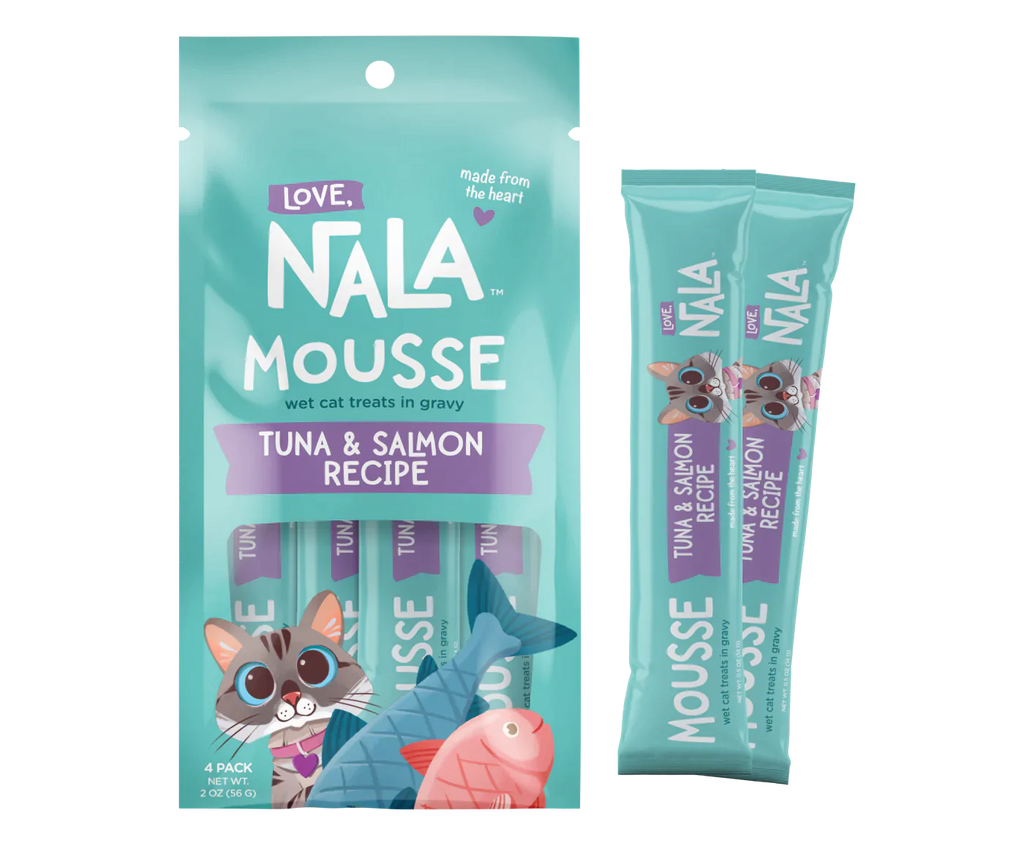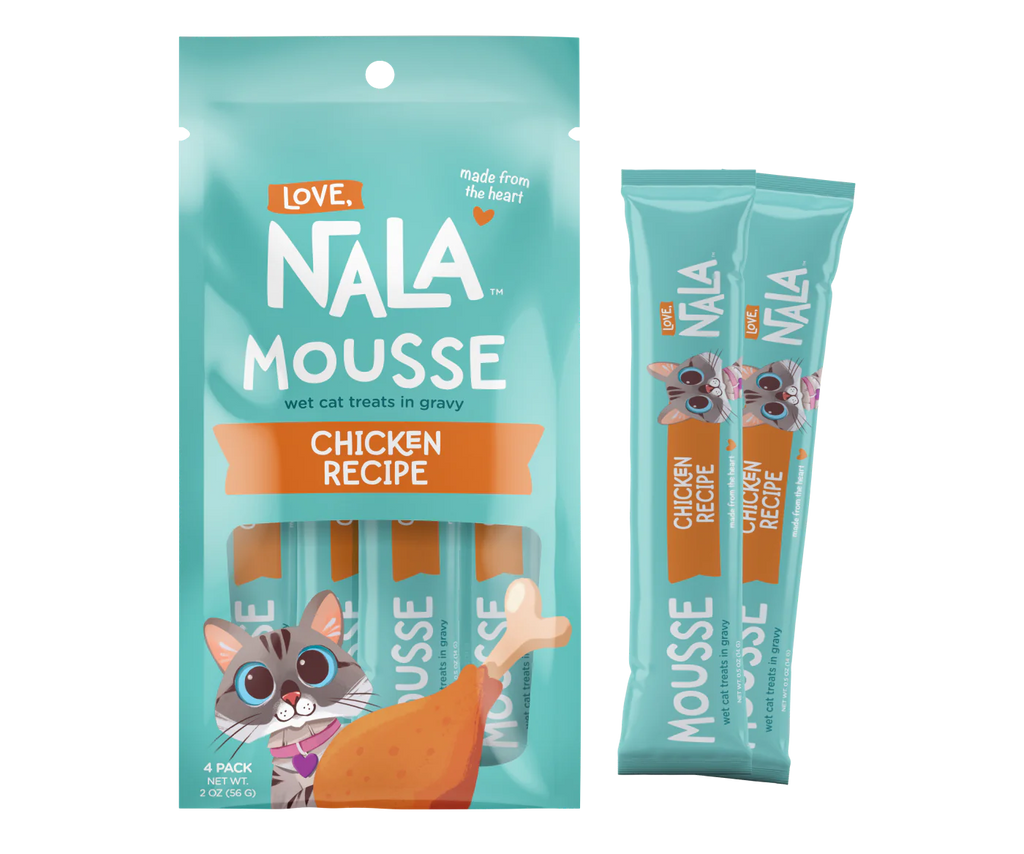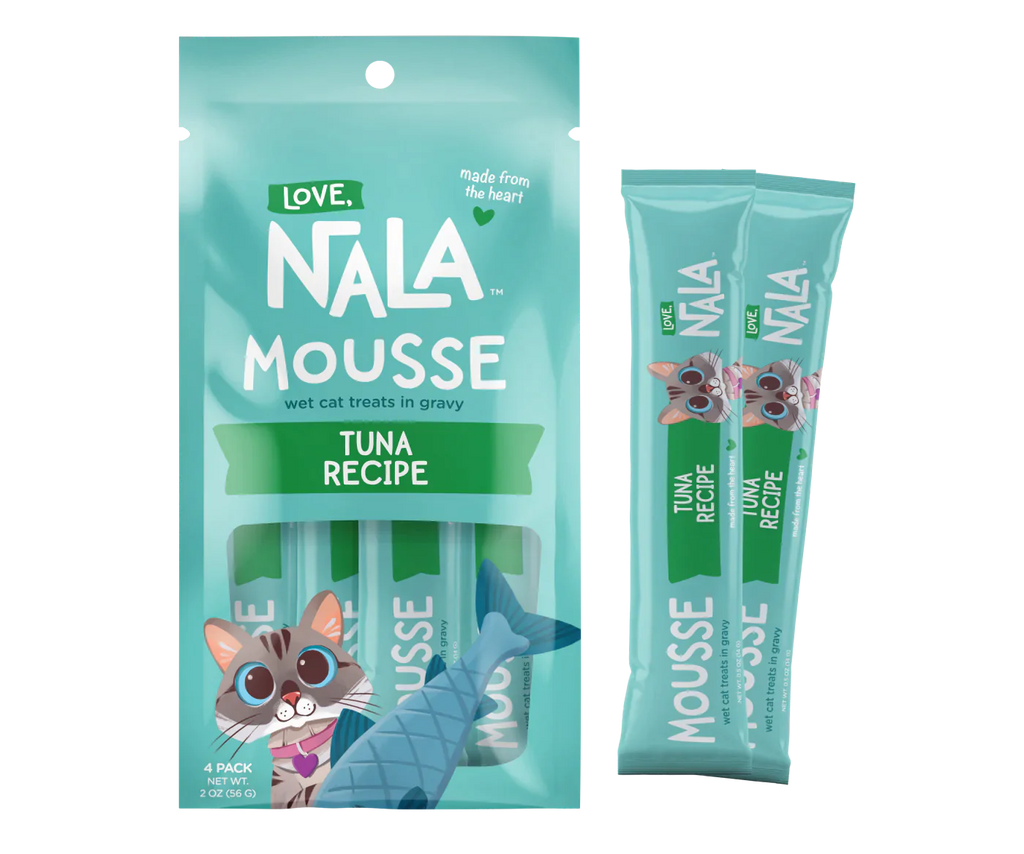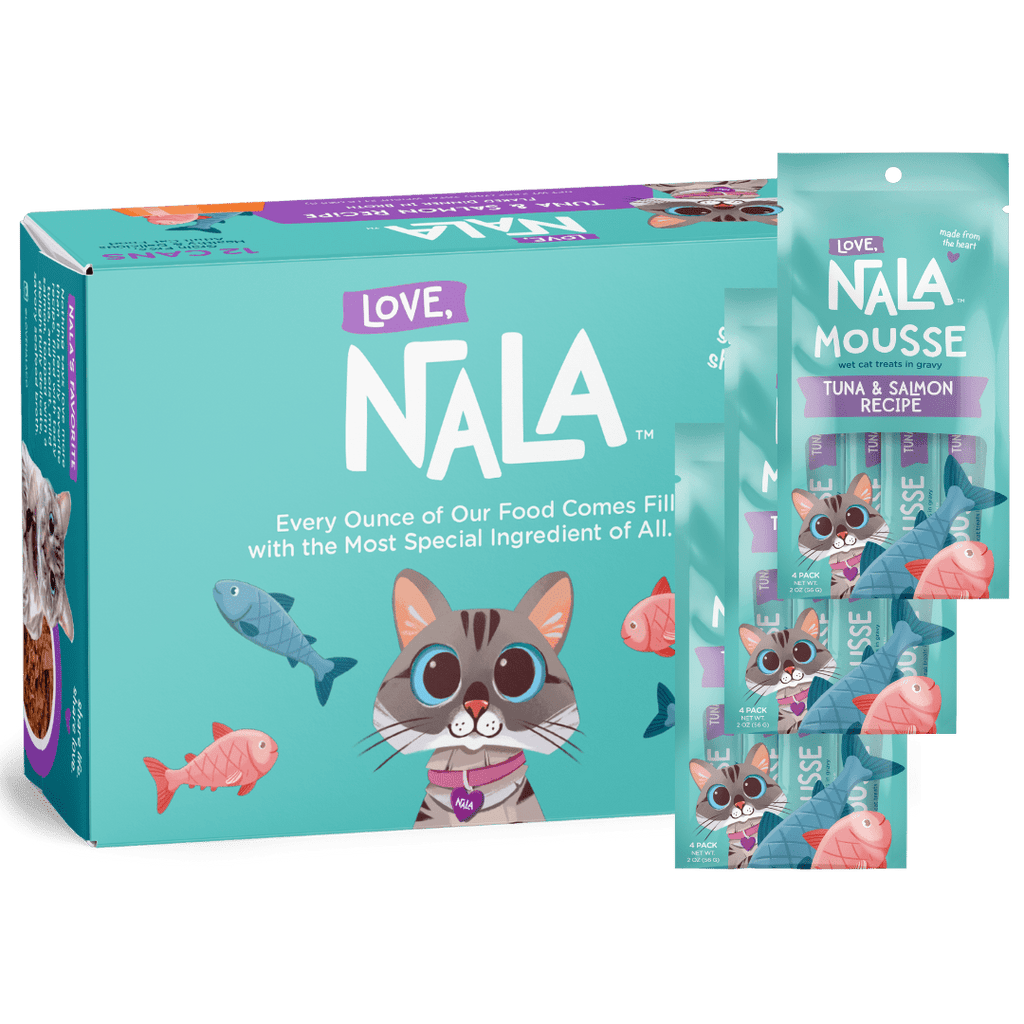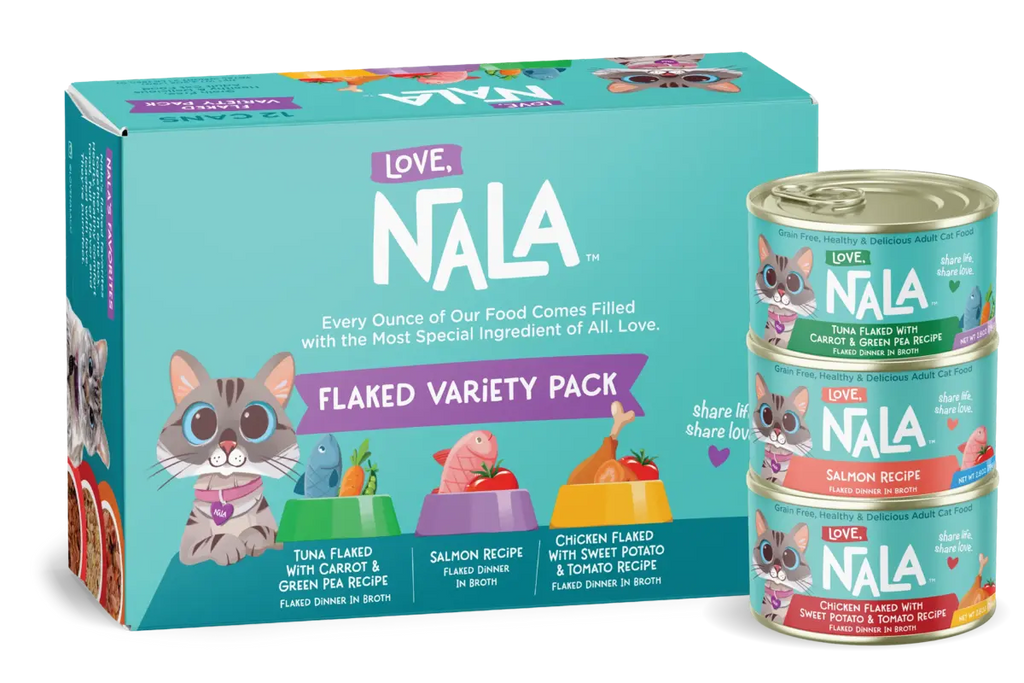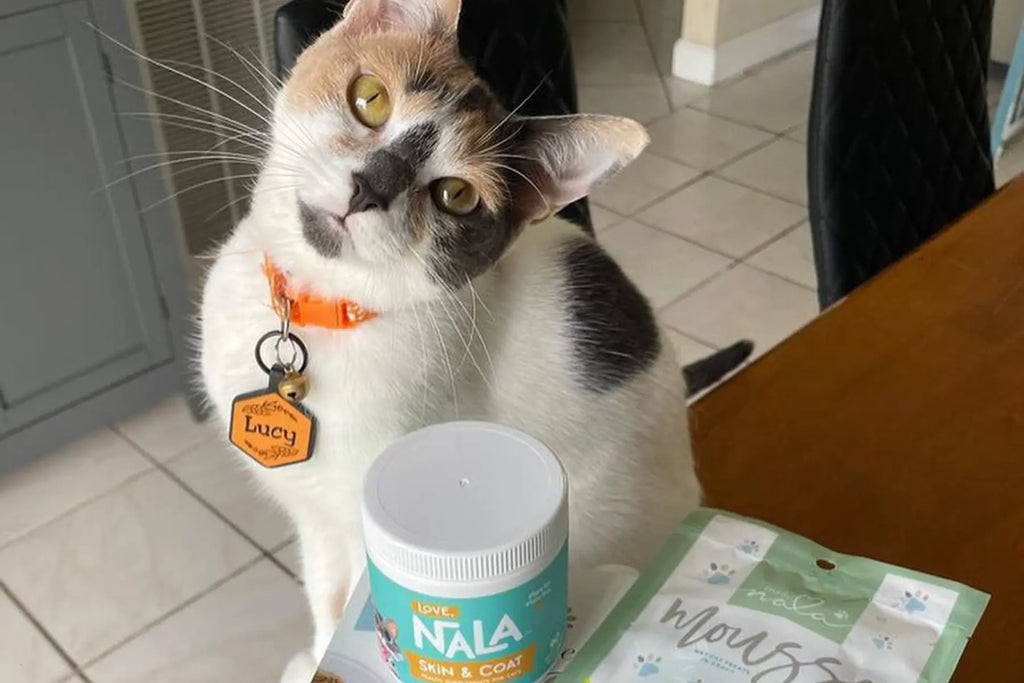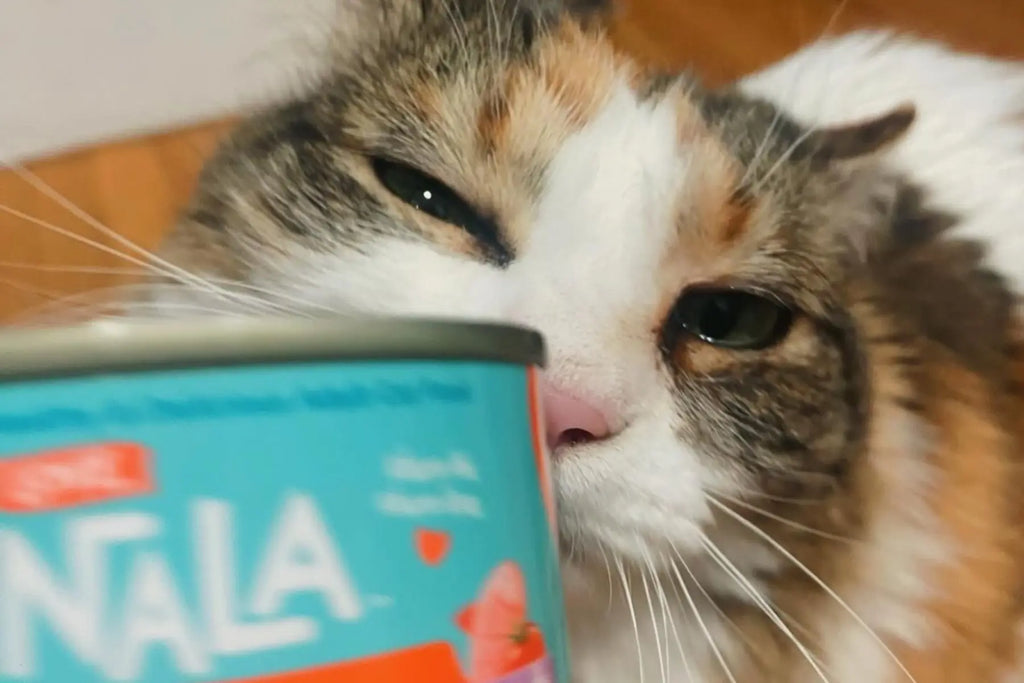Cats are obligate carnivores, meaning their primary diet should consist of meat. Their digestive systems are designed to break down animal proteins and fats efficiently. However, this doesn't mean that cats cannot benefit from certain plant-based foods. Including some vegetables in their diet can provide supplementary nutrients, but it is crucial to ensure that these additions do not replace the essential meat-based nutrients. Understanding this balance is key to maintaining your cat's health and well-being.

Types of Safe Vegetables for Cats
Carrots
Carrots are a great vegetable for cats due to their high content of beta-carotene, which converts to vitamin A, an essential nutrient for vision and immune function. Carrots also provide dietary fiber, aiding in digestion. When included in vegetable cat food, carrots can contribute to a balanced diet. However, they should always be cooked or pureed to ensure they are easily digestible and to prevent any choking hazards.
Peas
Peas are another safe and nutritious option for cats. They are rich in vitamins A, B1, B6, and C, as well as minerals like iron and potassium. Peas also offer a good amount of dietary fiber, which can help with digestive health. Including peas in your cat's diet can provide a range of nutrients that support overall well-being. Peas can be found in many vegetarian cat food options, making them a popular choice for pet owners looking to add some variety to their pet's meals.
Spinach
This vegetable is packed with vitamins and minerals, including vitamins A, C, K, and iron. Such nutrients are essential for maintaining healthy skin, coat, and blood. While spinach can be a beneficial addition to a plant-based cat food, it should be given in moderation. Too much spinach can lead to urinary issues due to its oxalate content. Always ensure that spinach is well-cooked and chopped finely to avoid any potential health risks.
Vegetables to Always Avoid
Onions and garlic are toxic to cats and should never be included in their diet. These vegetables can cause damage to a cat's red blood cells, leading to anemia. Even small amounts can be harmful, so it's crucial to keep them out of your cat's reach. When considering vegetable cat food, always check the ingredient list to ensure these dangerous vegetables are not included. Safe vegetables can enhance a cat's diet, but unsafe ones can cause serious health problems.
Raw vs. Cooked Vegetables for Cats
Benefits of Cooked Vegetables
Cooked vegetables are generally easier for cats to digest. Cooking breaks down the fibers, making the nutrients more accessible. Cooking can also help eliminate potential bacteria and reduce the risk of foodborne illnesses. Including cooked vegetables in a vegetable-based cat diet can provide a safer and more digestible source of nutrients. Always ensure that the vegetables are cooked without any added salts, spices, or oils that could be harmful to your cat.
Potential Risks of Raw Vegetables
Feeding raw vegetables to cats can be risky. Cats have different dietary needs and digestive systems compared to humans, so it's important to carefully consider what you include in their diet. Here are some key points to keep in mind:
- Digestibility: Unlike humans, cats have shorter digestive tracts and lack certain enzymes necessary to break down plant matter efficiently. This can lead to gastrointestinal upset, including diarrhea or vomiting. Raw vegetables often contain cellulose, which cats cannot digest well, potentially leading to blockages or discomfort. If you notice your cat experiencing digestive issues after consuming raw vegetables, it may be best to avoid them altogether and consult your veterinarian for alternative dietary recommendations.
- Bacteria and Pesticides: Raw veggies can carry harmful bacteria or pesticides if not washed properly. Contaminants such as E. coli or Salmonella can cause severe illness in cats, leading to symptoms like fever, lethargy, and gastrointestinal distress. Pesticide residues can be toxic and may accumulate over time, causing chronic health problems. To minimize these risks, always wash vegetables thoroughly and consider using organic produce. Even with proper washing, some bacteria or pesticides may remain, posing a potential threat to your cat's health.
- Chewing and Choking: Raw vegetables can be hard to chew and pose choking hazards. Cats have sharp teeth designed for tearing meat, not grinding plant matter. This can make it difficult for them to break down raw vegetables into manageable pieces, increasing the risk of choking. Large or hard pieces of vegetables can obstruct their airway or cause injury to their mouth and throat. To prevent these dangers, consider chopping vegetables into very small, manageable pieces or steaming them slightly to soften their texture. This way, they can enjoy the nutritional benefits without the associated risks.
Weigh these risks against any benefits when considering raw vegetables for your cat. While vegetables can provide fiber and certain vitamins, they should not replace the primary components of a cat's diet, which should be high in protein and fat.
Benefits of Incorporating Vegetables into a Cat’s Diet
Antioxidants
Antioxidants found in vegetables can help protect your cat's cells from damage caused by free radicals. These beneficial compounds are present in many vegetables and can contribute to overall well-being. Including antioxidant-rich vegetables like spinach and peas in your cat's diet can support their immune system and promote long-term health. Balanced cat-friendly vegetables that include these vegetables can offer these protective benefits.
Comparing Vegetable and Meat-Based Nutrients
While vegetables offer valuable nutrients like vitamins, minerals, and fiber, they cannot replace the essential proteins and amino acids found in meat. Cats require taurine, an amino acid only found in animal tissues, which is vital for heart and eye health. Comparing vegetable-based cat diet options with meat-based ones highlights the need to balance plant and animal ingredients to ensure all nutritional needs are met. A well-rounded diet should incorporate both sources to provide complete nutrition.
Best Practices for Integrating Vegetables into Homemade Cat Food
Preparation Tips for Safe Consumption
When preparing vegetables for your cat, it is important to ensure they are safe and easy to consume. As discussed previously, cook vegetables thoroughly to break down fibers and remove any potential bacteria. Avoid adding any seasonings, oils, or spices that could be harmful to your cat. Following these preparation tips ensures that the vegetables are safe and beneficial for your cat's diet.
Portion Recommendations
Moderation is key when adding vegetables to your cat's diet. While vegetables can provide supplementary nutrients, they must be given in controlled amounts to avoid any adverse effects. Consider these important points:
- Limit to 10%: Vegetables should not exceed 10% of your cat's overall food intake. Vegetables should only serve as a minor supplement. Exceeding this limit can lead to a dilution of essential nutrients that cats derive from their primary food sources, potentially causing deficiencies. To maintain a balanced diet, measure the vegetable portion carefully and adjust the main meal accordingly.
- Avoid Digestive Issues: Too many vegetables can cause digestive problems and nutritional imbalances. Cats' digestive systems are not designed to handle large amounts of fiber and plant material. Overloading their diet with vegetables can lead to issues such as diarrhea, constipation, or bloating. Furthermore, an excess of vegetables can interfere with the absorption of vital nutrients like taurine, which is essential for heart and eye health in cats. By keeping vegetable intake within recommended limits, you help prevent these potential digestive disturbances and ensure that your cat's diet remains balanced and nutritious.
- Stick to Small Portions: Ensure your cat gets the benefits without overloading their system. Small, controlled portions allow your cat to enjoy the additional nutrients vegetables provide without overwhelming their digestive system. Start by introducing a tiny amount and observe your cat's reaction. If they tolerate it well, you can gradually incorporate vegetables as a regular, yet minimal part of their diet. This approach helps in maintaining a balanced diet while providing the added vitamins and minerals from vegetables without causing digestive stress or nutritional imbalances.
- Consult a Veterinarian: Get professional advice on appropriate portion sizes for your cat. A veterinarian can offer tailored advice to determine the suitable amount of vegetables for your cat. This ensures that the inclusion of vegetables is beneficial and aligns with your cat's overall nutritional requirements. Regular check-ups and consultations can also help monitor your cat's health and adjust their diet as needed to maintain optimal well-being.
By following these guidelines, you can safely incorporate vegetables into your cat's diet. Proper moderation and portion control, along with professional veterinary advice, will ensure your cat receives the nutritional benefits without any negative impacts.
Recipes for Homemade Cat Food
There are many recipes available for homemade cat food that incorporate safe vegetables and high-quality proteins. Examples include chicken and vegetable stew or turkey and pumpkin mix. Using tried and tested recipes ensures that your homemade cat food is both nutritious and appealing to your cat, offering a wholesome alternative to commercial options.

Commercial Cat Foods with Vegetables
Top-Rated Wet Cat Foods
Choosing the healthiest wet cat food involves looking at the ingredients and nutritional profile. Look for options that include real meat as the primary ingredient and incorporate safe vegetables for added nutrients. Ensuring the food is free from artificial additives and fillers also contribute to a healthier diet for your cat.
Benefits of Hydrolyzed Cat Food for Sensitivities
Hydrolyzed cat food is specially formulated for cats with food sensitivities or allergies. This type of food uses proteins that are broken down into smaller molecules, reducing the risk of triggering allergic reactions. Including hydrolyzed food in your cat's diet can help manage sensitivities while still providing essential nutrients.
Practical Advice on Selecting the Best Cat Food
Balancing Wet and Dry Food
A balanced diet for cats often includes a mix of wet and dry food. Wet food provides hydration and palatability, while dry food offers convenience and dental benefits. Combining both types can ensure your cat receives a varied and complete diet. When selecting the best-canned cat food, consider incorporating both wet and dry options to cover all nutritional bases and provide a well-rounded diet.
Specialized Formulas for Unique Dietary Needs
These formulas are designed to address particular health concerns while providing balanced nutrition. Options include hypoallergenic foods, weight management formulas, and senior cat diets. Understanding your cat's unique needs helps in selecting the most appropriate food to support their health.
Reading Labels and Understanding Ingredients
Reading food labels and understanding the ingredients is crucial for selecting the best food for your cat. This process involves more than just glancing at the front of the packaging; it requires a thorough examination of the ingredient list and nutritional information. Look for whole, recognizable ingredients and avoid foods with vague terms like "meat by-products," which can include low-quality and less nutritious parts of the animal.
Familiarizing yourself with common ingredients and their benefits can help you make the best choices for your cat's diet. For example, cranberries and blueberries are sometimes included in cat food for their antioxidant properties, which help support the immune system. Pumpkin is another beneficial ingredient, often added to aid digestion due to its high fiber content. Additionally, probiotics are sometimes included to promote healthy gut flora, which is essential for digestion and nutrient absorption.

Incorporating vegetables into your cat’s diet can offer various health benefits when done correctly. While cats are obligate carnivores and rely primarily on meat for essential nutrients, safe vegetables like carrots, peas, and spinach can provide supplementary vitamins and fiber that enhance their overall well-being. It's crucial to ensure that these vegetables are cooked properly to aid digestion and avoid any potential health risks associated with raw vegetables. Moderation is key, as vegetables should only make up a small portion of your cat's diet to prevent nutritional imbalances. Always consult with a veterinarian before making significant dietary changes to ensure that your cat’s nutritional needs are met. By carefully balancing meat and vegetables, you can create a diet that supports your cat’s health and vitality, providing them with the best of both worlds in their nutritional regimen.
